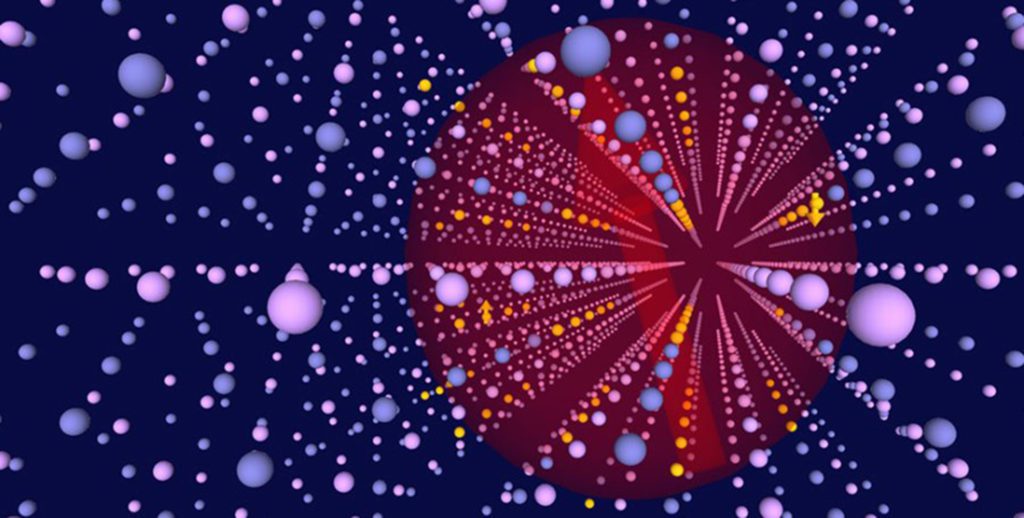
The nuclear magnetic resonance technique has various applications, such as imaging in medicine and neuroscience, and in the detection of drugs and explosives. Now a new protocol developed by an international team of researchers with the participation of the Spanish National Research Council (CSIC) proposes to use this technique through quantum sensors to detect magnetic signals at the nanoscale with great precision. The results, which are published in the journal Physical Review Letters, could be applied in obtaining high-resolution magnetic resonance images of biomolecules, which can be used in various disciplines, such as biology or biomedicine.
“This protocol allows a quantum sensor to measure electronic and nuclear spins in arbitrary samples, even when they occur in large magnetic fields”, explain Erik Torrontegui and Juanjo García Ripoll, CSIC researchers at the Institute of Fundamental Physics, who have co-led this study, which is the result of collaboration between the CSIC, the University of the Basque Country and Imperial College London. “This method uses low-energy microwave radiation to bridge the energy gap between the sensor and the sample”, they add.
This protocol is robust and requires less energy than previous techniques. This allows the sensor to operate in stronger magnetic fields and also prevents the heating of the biological samples that occurs when using conventional protocols and microwave energy. “This work opens a new line of research for the safe use of nuclear magnetic resonance at the nanoscale for the study of biological samples and large biomolecules,” Torrontegui said.
“This technique will be able to resolve chemical reactions in nanometric samples, produce biosensors with unprecedented sensitivity, and provide new approaches to the structure, dynamics and function of biomolecules and biological processes,” says Garcia Ripoll.
J. Casanova, E. Torrontegui, M. B. Plenio, J. J. García-Ripoll, and E. Solano. Modulated Continuous Wave Control for Energy-Efficient Electron-Nuclear Spin Coupling. Physical Review Letters. DOI: 10.1103/PhysRevLett.122.010407